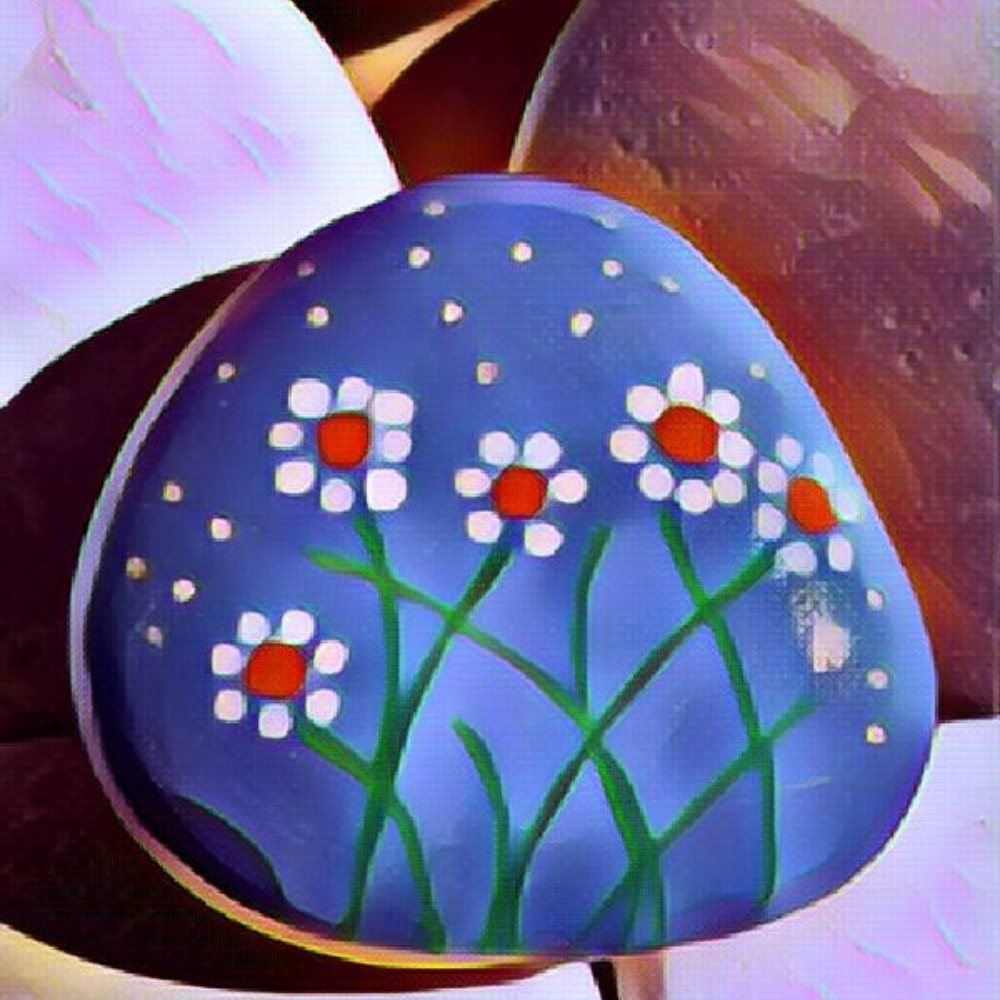Rock Painting for Beginners

Do you love the outdoors and spending time in nature? Do you like to be creative, but don't know how to start? If so, then rock painting may be the perfect hobby for you!
In this article, we will discuss everything you need to know about rock painting for beginners.
We will cover supplies, techniques, and where to find inspiration. So whether you are a complete beginner or just looking for some new ideas, keep reading for all the information you need to get started!
Supplies Needed for Rock Painting
The first step to starting any new hobby is to gather the necessary supplies. For rock painting, you will need:
- Rocks: The fun starts from the beginning! Go outside and start exploring and looking for rocks with a good surface you can paint on. You can find these almost anywhere, such as in your backyard or at a local park. Just make sure to wash them off when you get home so they are clean and ready to paint.
- Paint: All kinds of craft paints, water-based paints and acrylic paints will work well for rock painting. But the best type of paint to use for rocks is acrylic paint. Because it is durable and weather-resistant, so your artwork will last for a long time. Also you can use paint markers for adding extra fine detailing, as this combines the texture of paint with the precision of a fine-tipped pen. You can find these supplies at any arts and crafts store.
- Brushes: Once you have your paint, you will need some brushes to apply it to the rocks.
We recommend this amazing set from D'Artisan Shoppe.
These artist brushes are great as acrylic, watercolor or oil painting brushes; indulge in these art brushes for rock painting (also craft, paint by numbers for adults, face painting, plastic models or figurines, fantasy miniatures, goblin or dollhouse miniatures) or anything requiring a great detail brush.
- Sealer: A sealer is not strictly necessary, but we recommend using one. You can seal your painted rocks with a clear spray sealer or brush on varnish.
Easy Rock Painting Techniques
-Blocking: The purpose of the blocking is to cover the "canvas", in our case the rock, so none of the background shows through. This technique can be used as an aid for the painter, so that the colors and tones that are established while blocking in can be used as a guide for consecutive paint layers.
-Layering: A layered effect in painting means you're gradually building up light and/or dark hues by layering one paint color on top of another. Each paint color or medium you apply is considered a layer.
-Dry Brushing: Dry brushing means painting with a brush that has not been dipped in water. The strokes are applied to rocks (or other substrates) and the results are a more-scratchy less smooth or blended-look like wet brush-stroke, without water to dilute the painting and soften the edges of the brush strokes. This technique brings texture and dimension to your painted rock.
-Wet on Wet: The wet on wet technique means painting on top of wet paint to blend colors together. This is a simple method to use for creating smooth color transitions.
-Washing: One way to create a wash effect is to dilute acrylic paint with water to create a translucent look, such as a watercolor look.
-Stippling: To stipple, use a flat brush to make small dots. This is often used to blend colors together.
-Sponge / Dabbing: Sponge or dabbing techniques can be used to blend colors together. This can be achieved by using a quick dabbing motion with light pressure, this can create depth and achieve color gradients for backgrounds.
-Splattering/ Flicking: Splattering or flicking paint onto the surface is a way to add extra color.
Use a flat wet paintbrush to flick paint onto your rock. It's a fun way to add that extra pop of color to your painting.
-Detailing: Detailing is the final step in the layering process. Adding details make your painting come to life. This is where you can add in small elements like eyes and other features. You can also use a paint pen for extra precision.
Finding Inspiration
There is no one-size-fits-all answer to this matter, as everyone's idea of what constitutes inspiration may be different. However, some people may find inspiration in nature, while others may find it in music or art. Still others may find inspiration in their personal relationships or in solving problems.
The important thing is to keep an open mind and be receptive to new experiences, which can sometimes lead to discovering new sources of inspiration. If you're not sure where to start, try exploring new places or attending cultural events that interest you. And don't be afraid to ask for suggestions from friends or family members – they may have ideas about things you haven't considered before.
Now that you know all the basics of rock painting, it's time to get started on your own masterpiece! Pick out a few rocks, gather your supplies and let your creativity flow.
